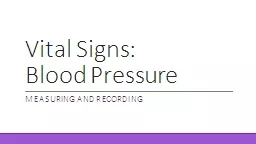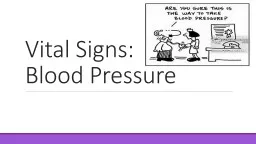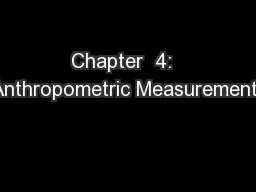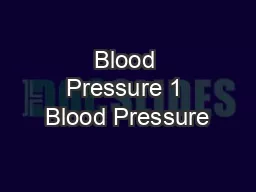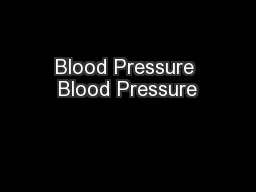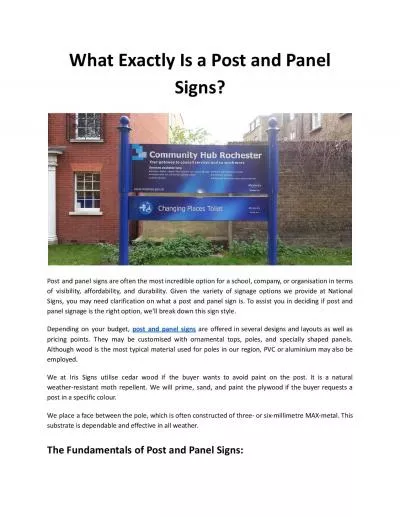PPT-Vital Signs: Blood Pressure
Author : mercynaybor | Published Date : 2020-06-23
Measuring and recording Blood Pressure M easure of pressure on the arterial walls as blood pulsates through them Read in millimeters mm of mercury Hg Measured with
Presentation Embed Code
Download Presentation
Download Presentation The PPT/PDF document "Vital Signs: Blood Pressure" is the property of its rightful owner. Permission is granted to download and print the materials on this website for personal, non-commercial use only, and to display it on your personal computer provided you do not modify the materials and that you retain all copyright notices contained in the materials. By downloading content from our website, you accept the terms of this agreement.
Vital Signs: Blood Pressure: Transcript
Download Rules Of Document
"Vital Signs: Blood Pressure"The content belongs to its owner. You may download and print it for personal use, without modification, and keep all copyright notices. By downloading, you agree to these terms.
Related Documents

